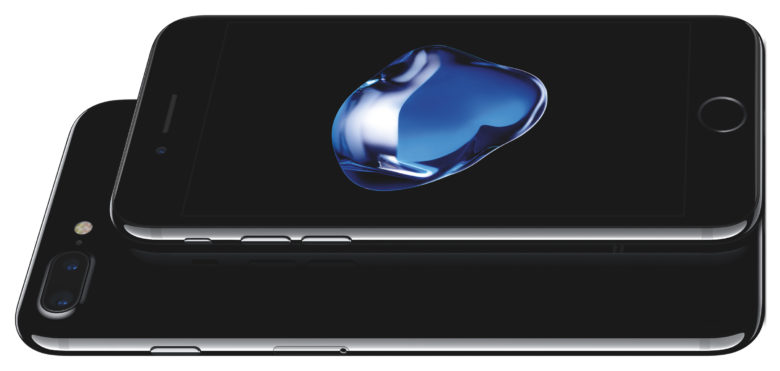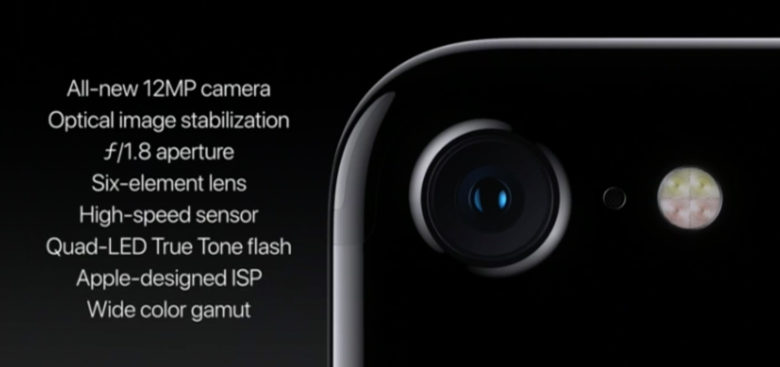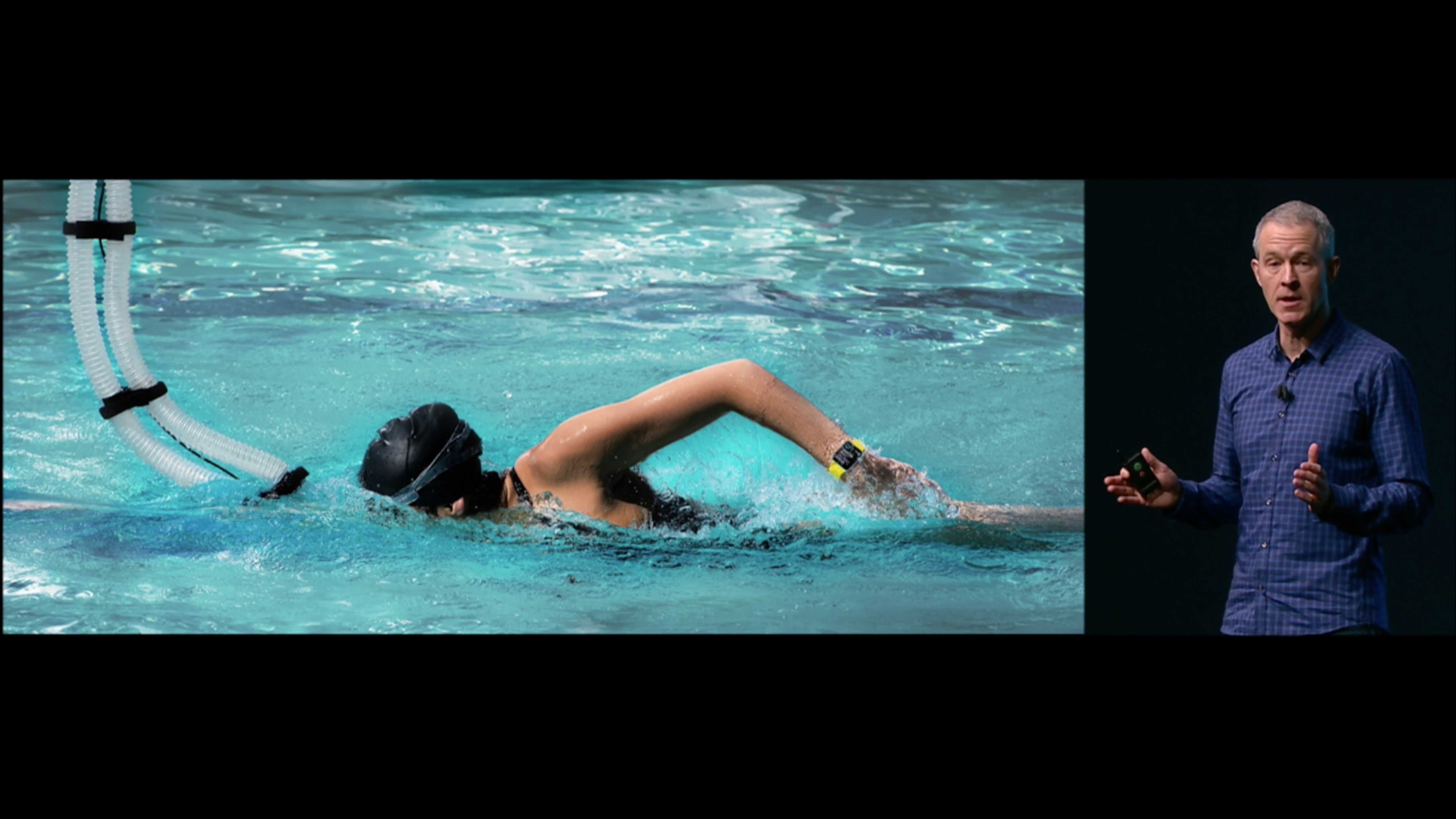Thirty minutes into Apple’s special event last week, one tidbit of information blew my mind.
Onstage, Apple Chief Operating Officer Jeff Williams was talking about the Workout app on the new “swim-proof” Apple Watch Series 2 and the effort the company put into advancing the software that makes the fitness device tick. The amount of research deployed, all in the pursuit of updating a segment of an app many Apple Watch wearers will never use, offers a peek into the enormous resources that Apple R&D commands.
It paints Apple, with its enduring emphasis on developing new materials, manufacturing processes and sophisticated software, as a scientific force to be reckoned with — a new NASA for the 21st century.
Deep research for Apple Watch swimming data
Discussing two swimming routines to be added to the Apple Watch’s Workout app, Williams said it is “really tricky” to accurately calculate calorie burn during swimming.
So the company recruited more than 700 swimmers and studied them as they moved through the water. Swimmers with different body types and abilities were hooked up to “state-of-the-art metabolic equipment” as they swam.
Technicians drew blood samples to look at lactic acid levels in the swimmers’ blood. All of this for two new swimming workout routines — for pools and open water — that measure calories, pace and distance.
I found this staggering! All this effort for just two new settings in a single app. In addition, the algorithm adapts to individual swimmers over time, giving more more accurate readings as it learns.
Imagine the effort all this took. 700 swimmers! Blood draws. Lab tests. Algorithms. Machine learning. It must have taken a sizable team of scientists, technicians, programmers and engineers months and months of work, perhaps years.
Can rivals like Fitbit or even Nike bring such resources to bear?
It’s but a tiny glimpse at the mind-boggling resources at Apple’s disposal.
iPhone 7 is a Subway sandwich of technology

Photo: Apple
Throughout Wednesday’s iPhone 7 keynote, Apple showed constant signs of all the money and manpower it can marshall.
Take the iPhone itself, which — despite all the yawning about the same old, same old — is a technological tour de force.
Everything from the jet black model’s glossy, piano-black finish to the staggeringly complex camera is evidence of massive amounts of work in research, design, engineering and manufacturing.
Apple’s budget dwarfs NASA’s
Apple’s operating expenses for 2015 — it’s budget, essentially — were a whopping $22.4 billion. By contrast, NASA’s entire budget for 2015 was $18 billion.
In addition to its operating expenses, Apple is spending billions more on R&D. In 2015, Apple spent about $8 billion on R&D, and is on track to spend $10 billion in 2016.
A big part of this is likely “Project Titan,” Apple’s effort to build a 21st century car. But Apple R&D money is also being spent to develop things like the new wireless AirPods, Apple’s new Bluetooth EarPods.
Based on a new custom wireless chip, the W1 — designed by Apple of course — the AirPods bristle with sensors. Infrared sensors detect when they are in your ear. Motion accelerometers detect taps that induce Siri. Microphones listen to the environment around you for active noise reduction.
This is an impressive amount of advanced technology for a pair of earbuds. It’s a big step up from the relatively simple wired earbuds they replace.
The design and the engineering must have been significant. Again, a sizable team of experts were required to make it come to fruition.
Apple R&D is inventing the future
Don’t get me wrong. NASA is no slouch. Recent missions like the Mars Curiosity Rover and the New Horizons probe to Pluto have been a triumph. But the space agency is a shadow of its glory days. Back in the 1960s, NASA’s budget was 4 percent of all federal spending. These days, it’s about 0.4 percent.
NASA no longer seems to be a primary source of life-changing innovation. Instead, that kind of stuff is coming largely from Apple. NASA gave us Teflon, space pens, LEDs, portable vacuums and freeze-dried ice cream. Apple is giving us supercharged pocket computers with super-advanced hardware/software cameras that rival DSLRs.
Apple is like NASA during the Cold War, investing vast sums of money to create the future.
Apple R&D has been the driving force behind a host of astounding changes that have impacted all parts of our lives, from commerce to culture. Mobiles superseded PCs and now rule the world, inspiring everything from the Arab Spring to the on-demand economy.

Photo: Apple
Remember point-and-shoots? Just five years ago they accounted for the majority of photos taken, but they entered a steep decline as the iPhone became the most popular camera in the world.
Up until yesterday, the iPhone 6 camera was arguably the best camera available in a smartphone. But two years after its debut, it’s been bested by a dual-lens system on the iPhone 7 Plus that cleverly blends hardware and software to produce pictures that rival DSLRs.
The advances in smartphone camera technology have been astonishing. The amount of research and engineering must stretch into decades and decades of person-years, to say nothing of the manufacturing. Apple and Foxconn and the rest of the supply chain make hundreds of millions of these devices. It’s a feat of manufacturing at scale never seen before in the history of industry.
Imagine the size of the teams behind some of the other products mentioned during Wednesday’s keynote: Apple Music, Apple Pay and Apple Maps. All are extremely complex products that require big teams, and lots of relationships with suppliers and partners to maintain.
Apple is the new NASA

Photo: Apple/NASA
To put the NASA comparison in perspective, just take a look at the U.S. space agency’s most advanced building, which just opened in 2015 in Mountain View, Calif. It’s NASA’s vision of the building of the future.
Called the “Sustainability Base,” the building at NASA’s Ames Research Center showcases future building technology like solar panels and passive cooling.
A few miles away, Apple’s new spaceship campus features all this and more. NASA’s building is 50,000 square feet. Apple’s new HQ is 2.8 million square feet.
Apple is the new NASA.


